© ROOT-NATION.com - Use of content is permitted with a backlink.
The MWC 2024 exhibition, held in Barcelona, is now behind us. What surprised electronics manufacturers and what will be the future of technology?
Our resource representative attended the largest European mobile technology fair, MWC 2024, in Barcelona for the first time. We have been constantly reporting on what he saw and heard there on our website. I also made an effort to keep an eye on all the events in Barcelona.
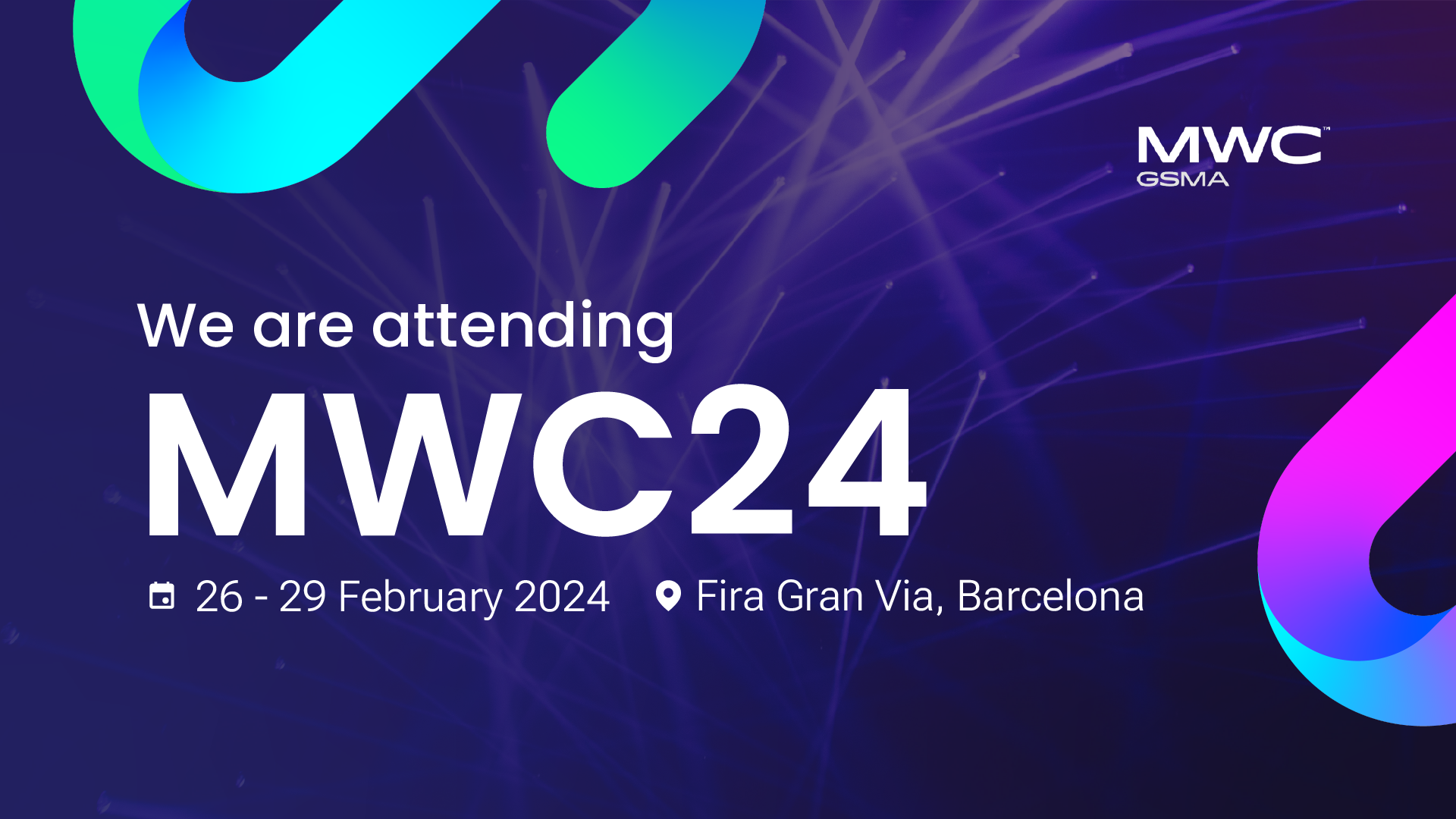
Over the past few years, I’ve had the impression that the Barcelona event is losing momentum and turning into a business meeting that becomes increasingly boring for the general public. Major players in the mobile technology market preferred to showcase their innovations away from the hustle and bustle of the fair, thus focusing all attention solely on themselves and their products. However, this year, things have changed somewhat. So let’s take a look at what could be seen at MWC 2024 in Barcelona.
Read also: Nokia MWC 2024 booth shows off the firm’s focus on network and connectivity for the year
AI dominates everywhere
Looking at the development of artificial intelligence, which is inherently interesting and can truly enhance our lives in many areas, one might think that many companies are trying to fill the void caused by noticeable stagnation in hardware product development. For example, smartphones. Looking at the news from MWC 2024, it was clear that the topic of artificial intelligence literally dominated this year’s fair.

And I’ll say again that I don’t see anything inherently wrong with the phenomenon itself, but the current implementation of AI solutions in devices, in my opinion, is far from ideal, and therefore it may seem like manufacturers are simply training their AI models on us, the users, in a sense… at our expense. Perhaps this doesn’t bother many people, but commercial solutions, those embedded in the price of the product, should be refined from the outset.

At the exhibition in Barcelona, everyone tried to talk about their developments in the field of AI algorithms. For some, like Samsung, it was simply an explanation of what has already been implemented, for Google and Microsoft, it was just the next stage of development, and for others, it was a trial by fire, an attempt to prove to everyone that they are also present in the market.

The development of AI-based technologies is a good sign. But artificial intelligence wasn’t the only focus at the World Exhibition in Barcelona.
Read alsо: HTC unveiled a new version of the VIVE XR Elite headset at #MWC2024
Convincing premieres

This year in Barcelona, Xiaomi and Honor hosted massive premieres of smartphones. Both Chinese players introduced their flagship smartphones to the world.
For Xiaomi, it was the Xiaomi 14 series, led by the photographic “beast,” Xiaomi 14 Ultra. This smartphone features a main camera with four modules at 50 MP (standard, wide-angle, 3.2x telephoto, and 5x telephoto), and the standard module has a stepless mechanical aperture of f/1.6-4.0.
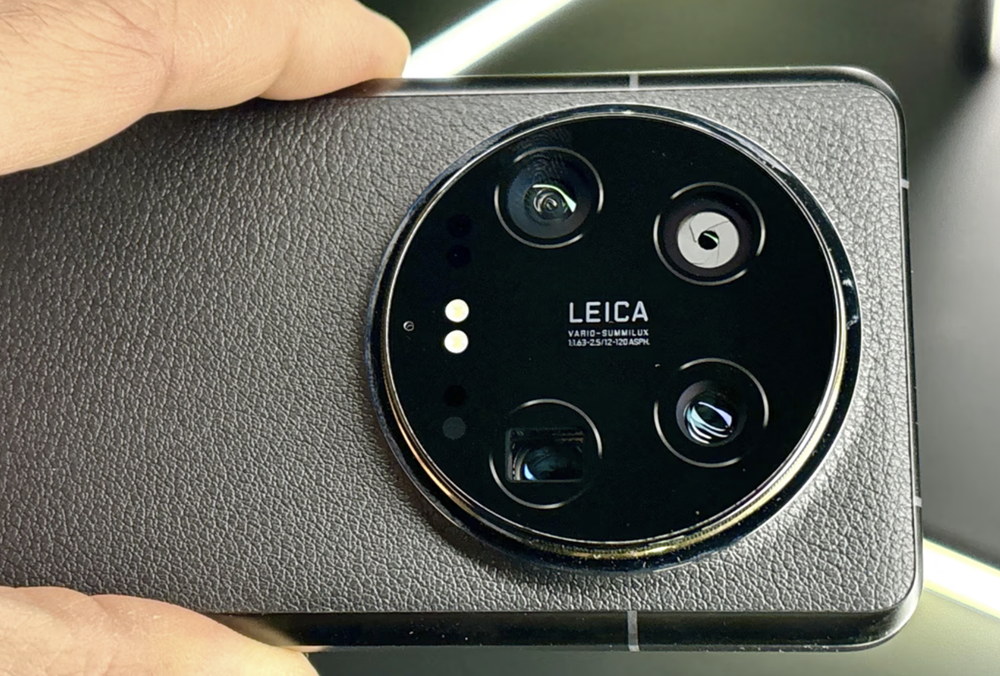
The Xiaomi 14 Ultra also has the capability to record 8K video with each module and supports video recording in the professional LOG format. The official in-store premiere of Xiaomi’s new flagship is scheduled for March 4th, and then we’ll be able to verify all the previous promises.
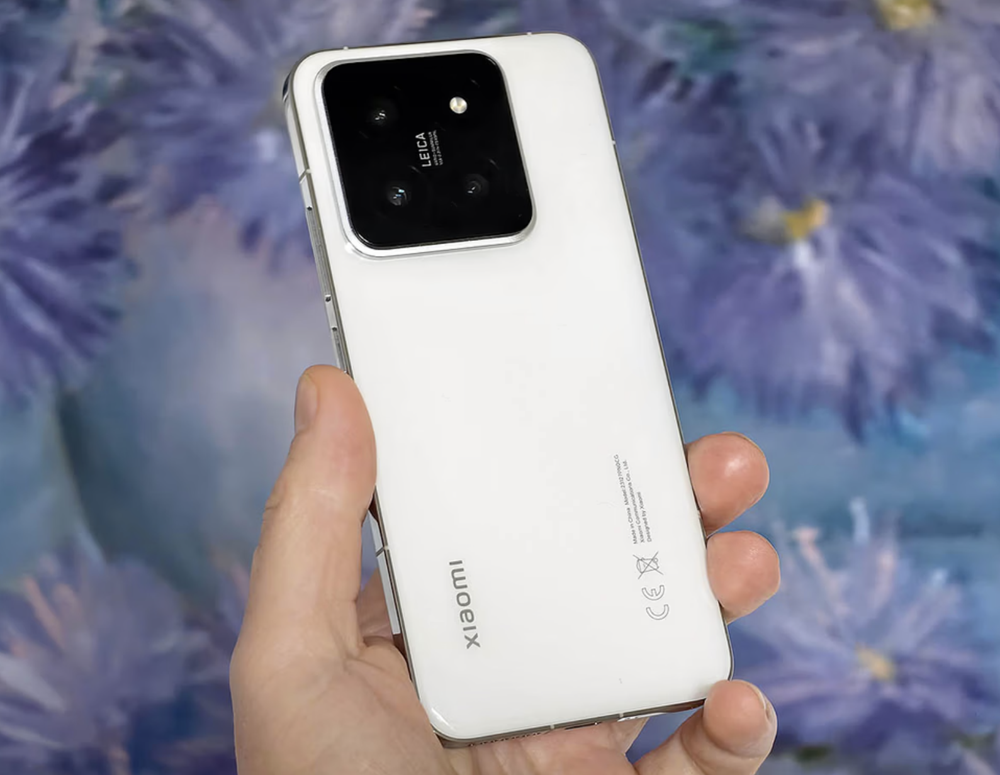
Xiaomi also showcased three smartwatches (Watch 3S, Watch 2 Pro, and Band 8 Pro), a new tablet, and emphasized a strong focus on integrating artificial intelligence methods into their HyperOS software.
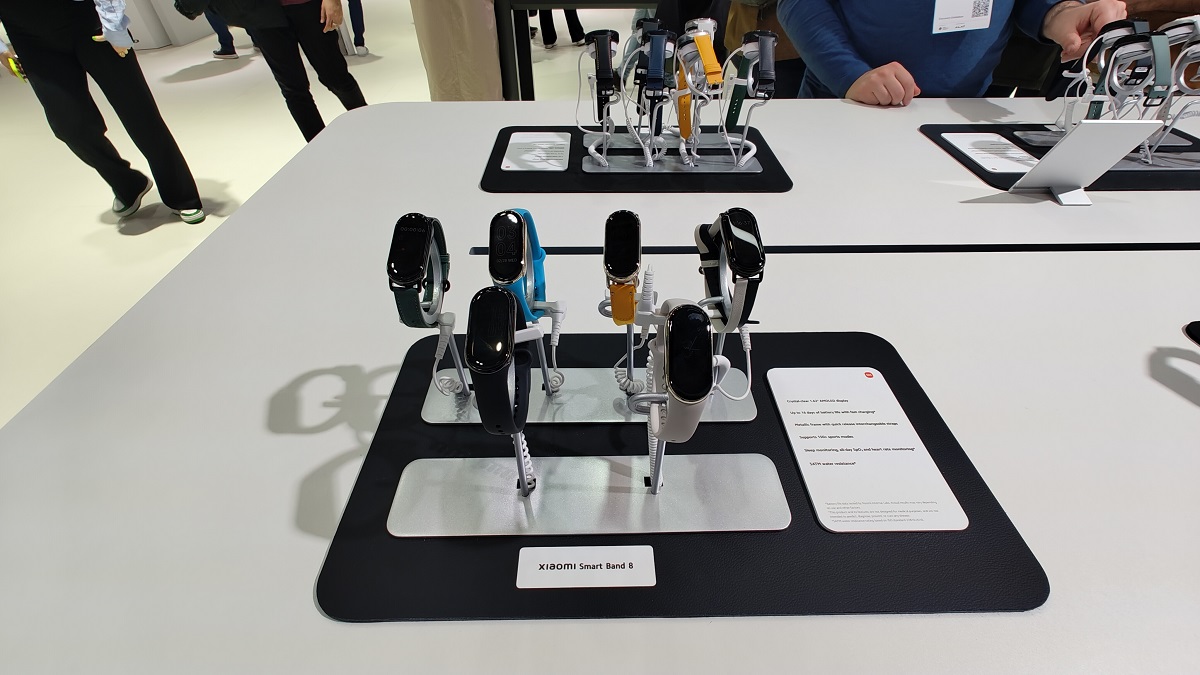
Honor also showcased its flagship smartphone, the Honor Magic 6 Pro, at the Barcelona event, along with the intriguing MagicBook Pro 16 laptop running on MagicOS 8.0. Of course, they announced the addition of a long list of artificial intelligence features to the MagicOS 8.0 software. Attempting to impress, Honor demonstrated that with the eye-tracking feature of the Magic 6 Pro, one could control a car (currently with limited actions: start engine, stop engine, forward, backward, and the smartphone determines which field in the app we are looking at). So, I wouldn’t count on the moment when we’ll be like James Bond, driving a new car out of the showroom just by looking at the screen of an Honor smartphone.
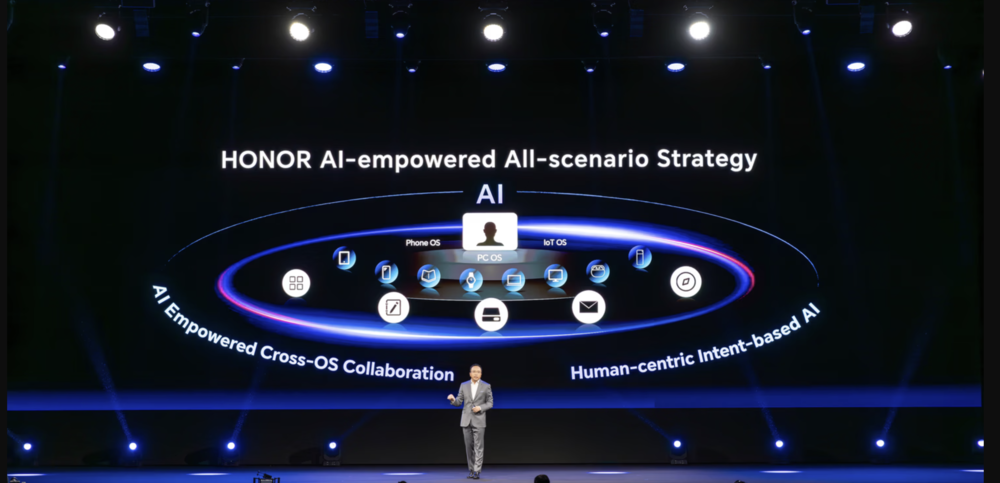
The Magic 6 Pro is a stylistically intriguing flagship with Snapdragon 8 Gen 3 and a powerful camera featuring a 2.5x telephoto mode equipped with a sensor with a resolution of up to 180 MP (maximum digital zoom of 100x). The HONOR Magic 6 Pro also features a 50 MP wide-angle module and a standard 50 MP module with a variable aperture of f/1.6 or f/2.0.
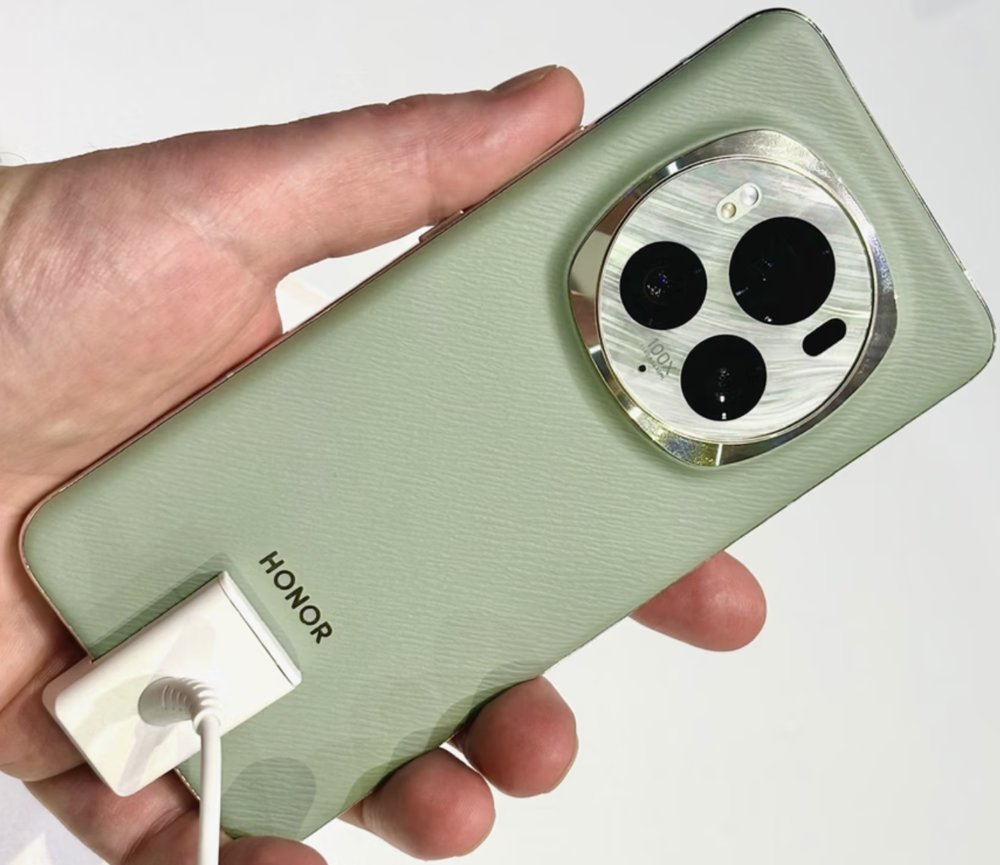
The manufacturer also boasted that its new flagship is a smartphone that has received five gold awards from DXOMark. However, on the DXOMark website, you can currently only see four awards: for the front camera, battery, display, and sound. So, what is missing is the main camera. However, Honor probably knows better in which categories it will excel, so we can expect a good result for the Magic 6 Pro model on the DXOMark website in this category as well, soon.
Honor has announced that the price of the Magic 6 Pro will be 1299 euros. Additionally, the Chinese finally revealed the European price for the foldable Magic V2 RSR Porsche Edition. This stylish monster will cost a whopping 2699 euros. Even the Samsung Galaxy Fold 5 doesn’t stand a chance against it in terms of price.

Huawei, on the other hand, showcased the Mate 60 Pro RS smartphone, which belongs to the company’s new stylistic lineup called Ultimate Design. This lineup already includes the very expensive Huawei Watch Ultimate smartwatch, and now the Mate 60 Pro RS joins the ranks. The device’s design is interesting, but… does it deserve to be called ultimate? I’m not sure about that, although the choice of style always depends on individual taste.
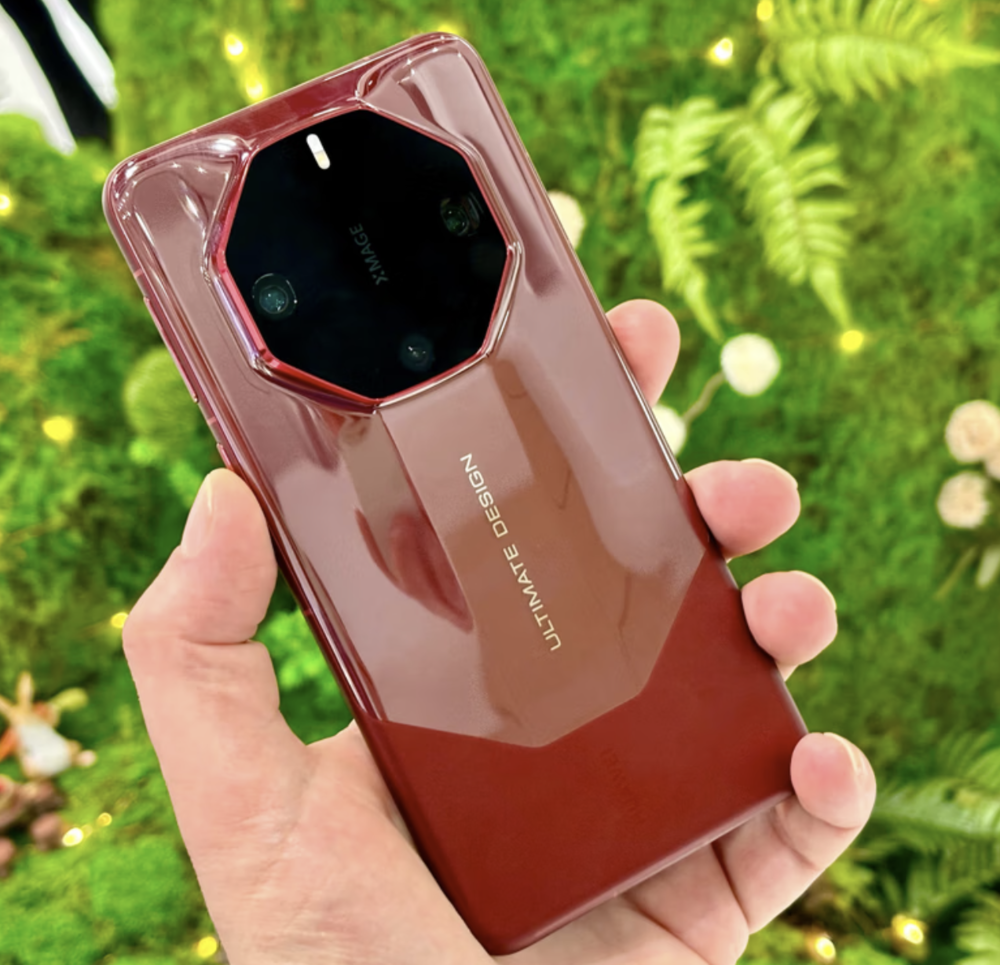 The specifications of the smartphone are exactly the same as the classic Mate 60 Pro+ (except for slightly more weight), but most importantly for us, it will not be available in European stores.
The specifications of the smartphone are exactly the same as the classic Mate 60 Pro+ (except for slightly more weight), but most importantly for us, it will not be available in European stores.

Read also: Affordable clamshell folding devices on display at MWC 2024
The concept is the breath of tomorrow, which, however, is not always realized
One of the advantages of the World Expo is the opportunity to see pre-production conceptual equipment. This time, such innovations were showcased by Lenovo and its subsidiary company Motorola. Additionally, it’s worth noting that Lenovo also announced its concept of “AI for masses”.
At the Lenovo booth, visitors could see a laptop with a transparent 17-inch screen and a virtual keyboard placed on the next panel – the Lenovo ThinkBook Transparent Display Laptop Concept. However, what’s new here isn’t the idea of a transparent screen itself (Samsung has already showcased similar equipment), but rather that it’s made using Micro LED technology. This allows for high brightness (up to 1000 nits), but the trade-off is a resolution of only 720p on a 17-inch screen.

In turn, Motorola showcased a conceptual smartphone that doesn’t fold but… wraps around. For instance, around the wrist. Of course, in its current form, considering the current methods of screen protection, this idea seems entirely detached from practical functionality. A delicate screen covered only by foil would constantly be susceptible to scratches and damage, even from wearing clothing.
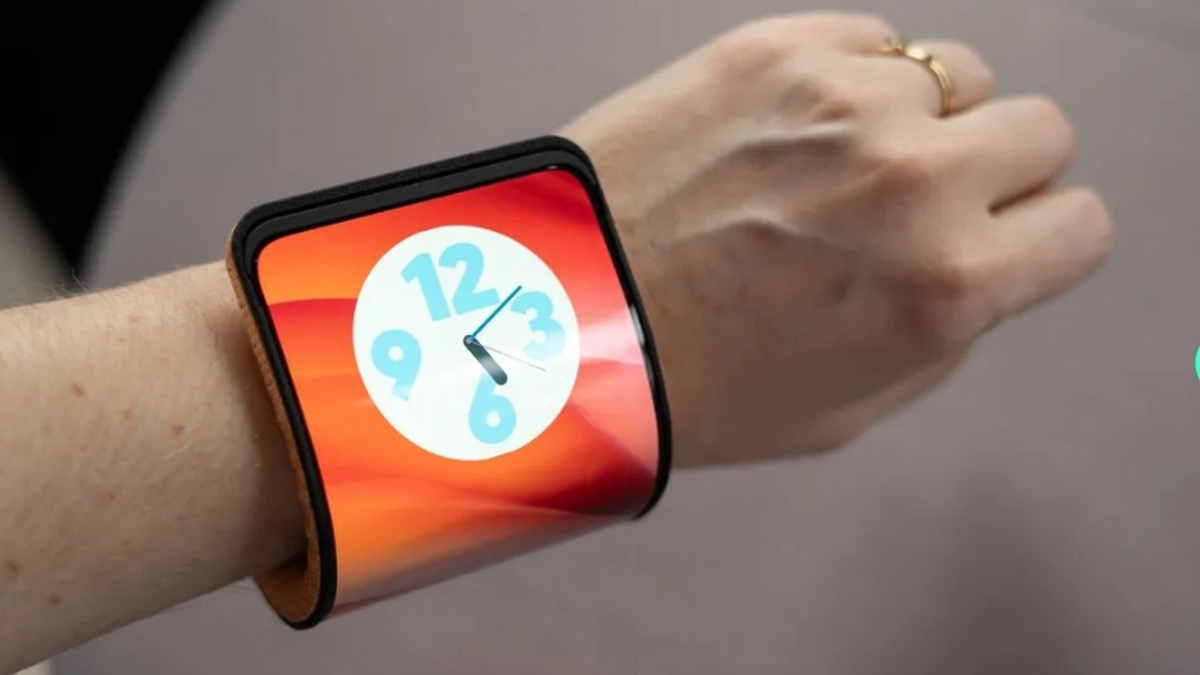
However, it’s worth appreciating the efforts of Motorola’s designers, who last year showcased a conceptual smartphone with a rotating screen and are now looking for a way to combine a smartphone with a smartwatch.
Motorola also integrated its Ready For feature with Lenovo products, creating a unified ecosystem called Smart Connect.
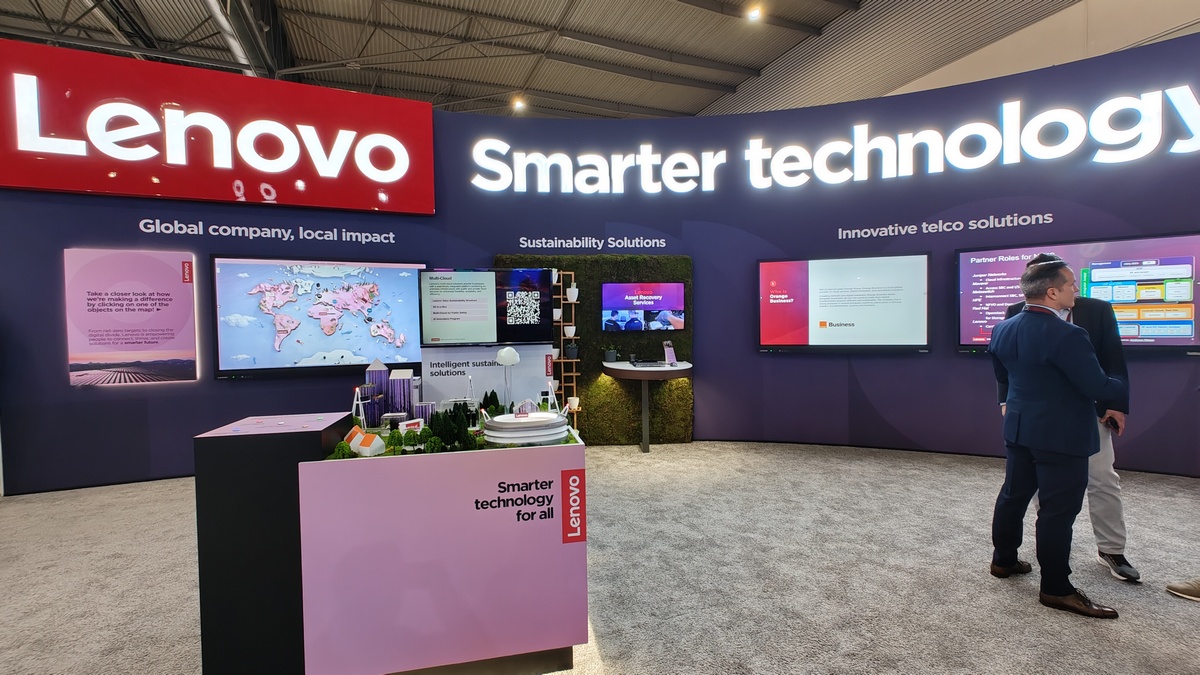
The Korean company Samsung is also attempting to develop a conceptual smartphone that folds.
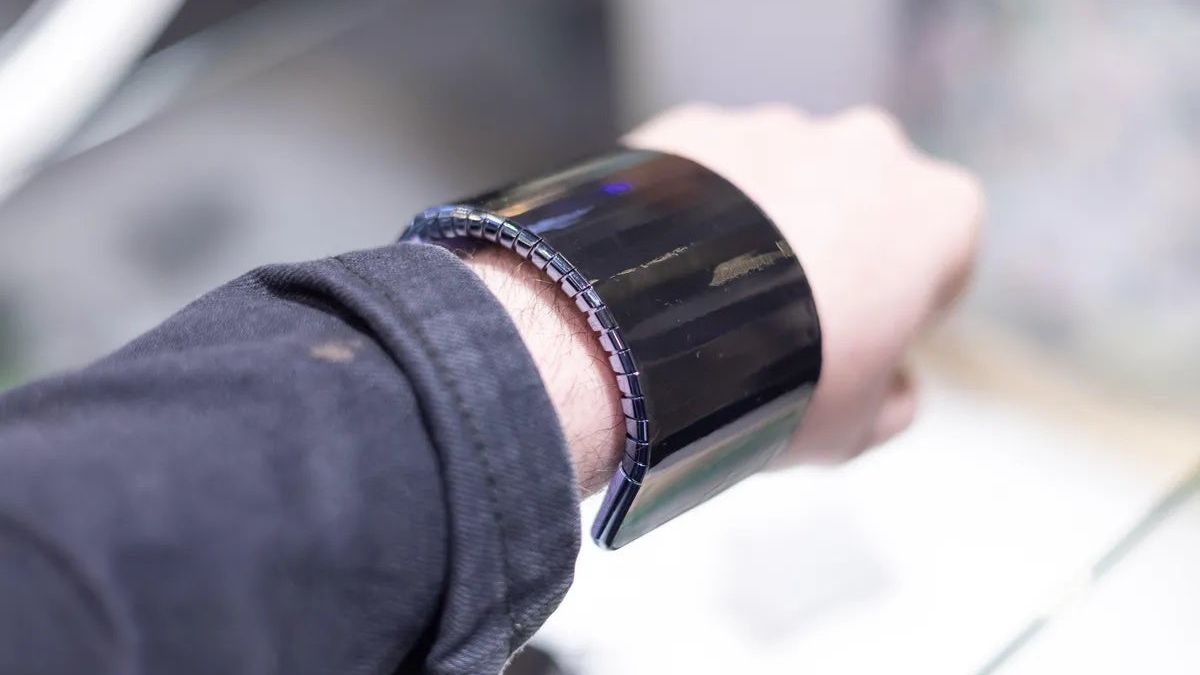
The company attracted visitors’ attention with the concept of the flexible smartphone Cling Band, which transforms into a smartwatch. Perhaps someday the concept will become a reality, or perhaps not. Time will tell.
Read alsо: Lenovo ThinkPad X1 Carbon Gen 11 Review: Classic of Genre
A month without charging? Yes, of course
One of the anticipated releases at MWC 2024 was the Energizer P28K smartphone with a 28,000 mAh battery. And it did indeed make an appearance at the World Exhibition, priced at 250 euros. However, when I see a premiere smartphone on a dirty stand that looks as if it has been neglected in a construction worker’s pocket for 2 years (paint peeled off on the metal frame and camera), I definitely don’t buy it. The PR department of Avenir Telecom clearly failed in this regard.

Furthermore, when journalists asked whether the company is considering any accessories for the Energizer P28K, such as a belt clip (the manufacturer did not specify its weight, but it’s over half a kilogram, making it difficult to carry in a pocket), they received a negative response. Yet such additions are often provided by Avenir Telecom’s competitors.
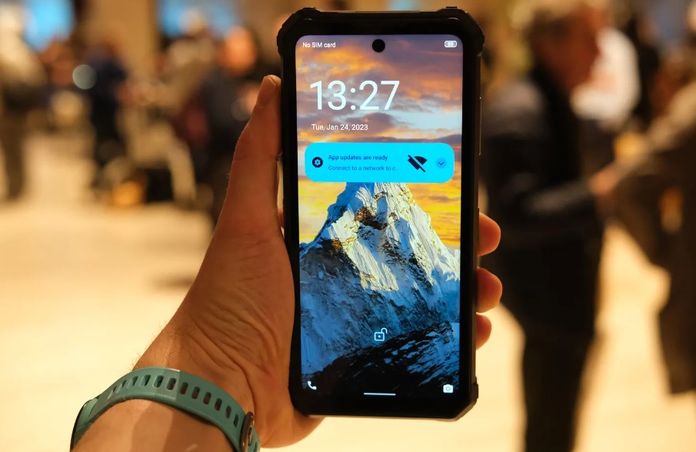
If I have to look for a rugged smartphone with a huge battery, then I temporarily set aside the thought of the Energizer P28K. I was much more impressed by smartphones from companies like Oukitel (Oukitel WP19) or Ulefone (Armor 24). Both have 22,000 mAh batteries (also lasting up to a month in standby mode), and the Armor 24 additionally features a powerful LED flashlight.
Read alsо: 4 types of batteries of the future that will power our devices
Ring, tell me, who is the healthiest man in the world?
At this year’s MWC 2024 expo, Samsung primarily showcased its Galaxy AI solutions. However, among the hardware innovations, there was also the Galaxy Ring, whether it’s a ring or a bracelet that tracks and records our health parameters. Although, in my opinion, it’s more like a smart ring on the finger, but without a screen. The Galaxy Ring will be available in three colors (gold, black, silver) and in nine sizes.
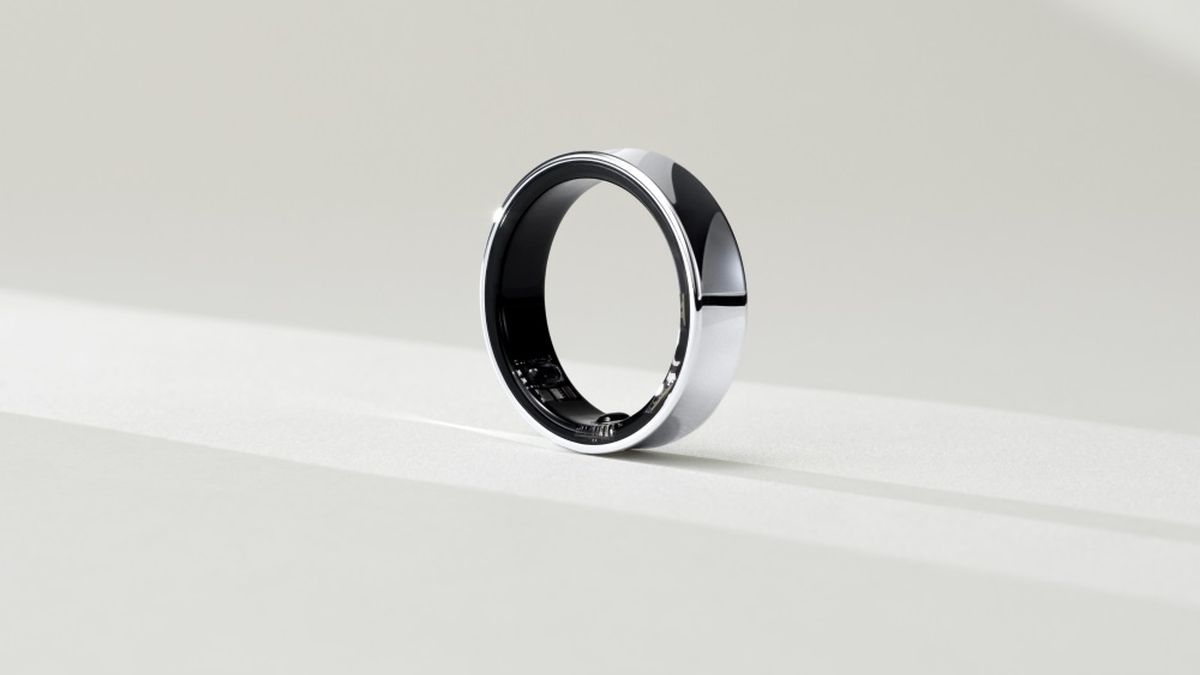
Now we just have to wait for the market premiere to see how innovative Samsung’s idea truly is. So far, there hasn’t been any new information about the Galaxy Ring. Therefore, we’re waiting for more details.
Read also: Samsung Galaxy Ring will be on display at MWC 2024 to kick off today
New Xiaomi SU7 electric car
Lately, I’ve been increasingly looking towards electric cars as I see them as the future of the automotive industry. However, I haven’t yet dared to make such a purchase to replace my traditional vehicle.
At MWC, Xiaomi showcased new products from its extensive ecosystem, with the Xiaomi SU7 generating the most interest. It’s the manufacturer’s first electric car and has sparked the highest level of curiosity in me.
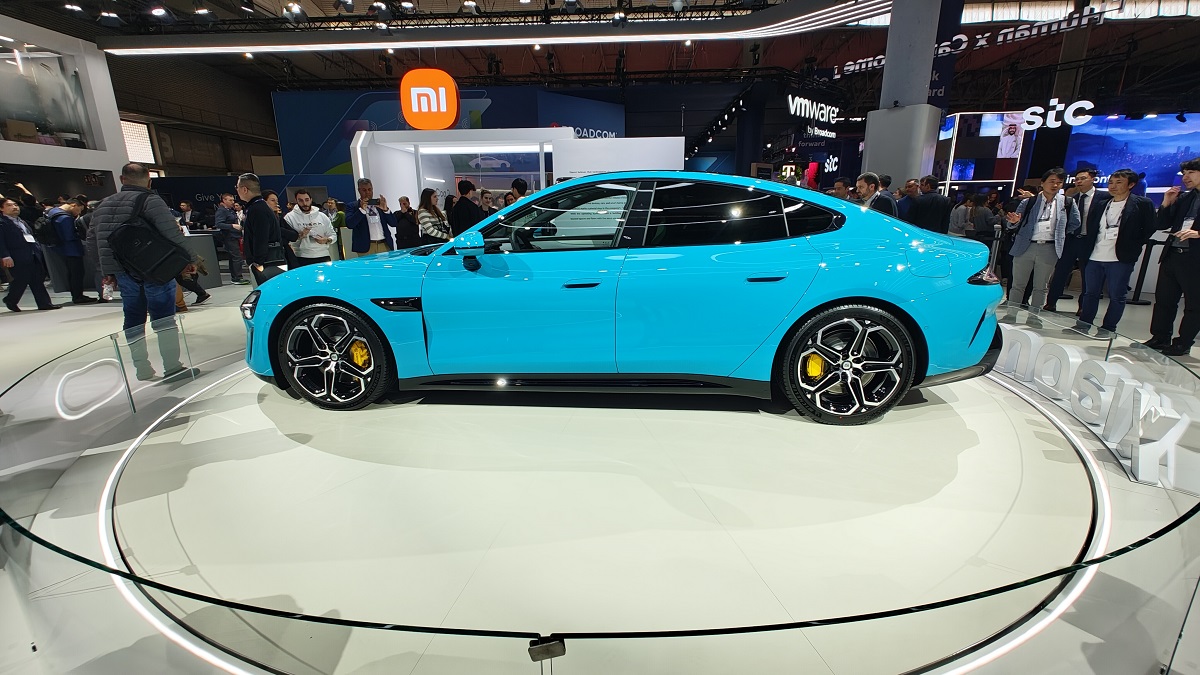
This electric car will be available in three colors (blue, steel, and olive), has a sporty silhouette, a 299 hp engine, accelerates to 100 km/h in 5.28 seconds, and has a maximum speed of 210 km/h. The claimed range is 668 kilometers, which is quite good for this type of car, and the operation of the car’s software is managed by the new Xiaomi HyperOS. Unfortunately, the manufacturer did not allow most journalists to approach the car closer than an arm’s length. So, we are waiting for field testing of the novelty. Also, it is unknown whether the Xiaomi SU7 will be available in Europe.
Is Nubia expanding beyond China?
Nubia, owned by ZTE, is a smartphone manufacturer that has been reluctant to expand beyond its home territory, namely China. However, it is now announcing its expansion into other markets, including Europe. Perhaps it will become more popular in our country. If you’ve heard of Nubia, it’s probably mainly because of its gaming smartphones. However, it turns out that the Chinese are also boldly entering the foldable phone market (Nubia Flip); they love stylistic extravagance and are not afraid of designing devices with technical innovations (Nubia Z60 Ultra).
The Nubia Flip model is a device that allows us to have a foldable smartphone without burdening the budget significantly. The phone features a slightly less powerful Snapdragon 7 Gen 1 chipset, a 6.9-inch foldable OLED display with a resolution of 1188×2790 pixels, and an external round 1.43-inch OLED panel resembling a smartwatch screen. The manufacturer priced it at just 599 euros.
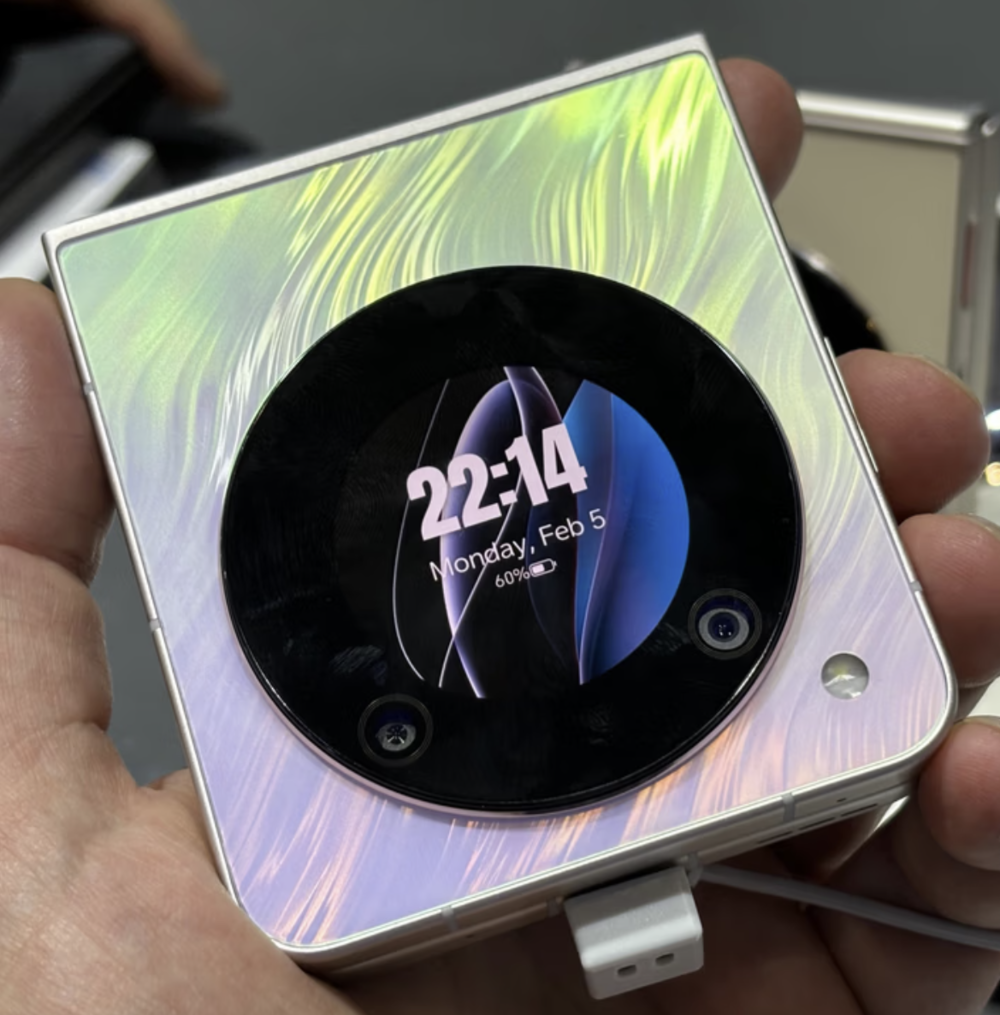
Nubia isn’t afraid of unconventional colors for its devices. While more understated colors are also available, those seeking something fresh will appreciate the glossy Flip model or the blue-yellow swirls reminiscent of a Van Gogh painting on the back panel of the flagship Nubia Z60 Ultra.
The latter boasts a Snapdragon 8 Gen 3 system, up to 24 GB of RAM, up to 1 TB of data storage, a waterproof (IP68) casing, stereo speakers, and a 6000 mAh battery with 80W fast charging. Additionally, users will have a triple camera setup featuring a 50 MP wide-angle lens, a 50 MP standard lens, and a 3.3x telephoto lens with a resolution of 64 MP.
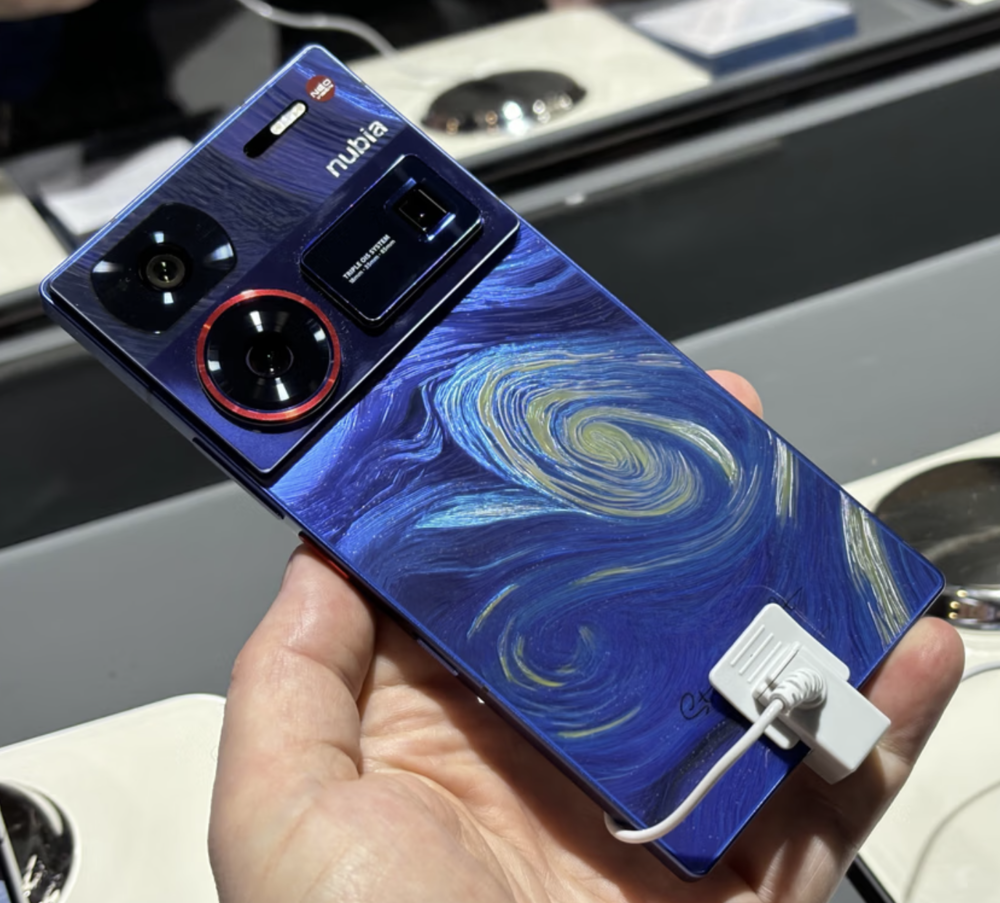
Also, the Nubia Z60 Ultra surprises with its narrow bezels, unusual absence of rounded corners, and… under-display front camera.
At the MWC 2024 exhibition, ZTE also announced the second generation of its 3D tablet. It’s indeed a powerful device, as the ZTE Nubia Pad 3D II not only combines glasses-free 3D experience and 5G but also integrates AI support to stay up-to-date with the latest trends. A rather impressive presentation from the Chinese manufacturer.
Read also: All About Frontier Supercomputer

MWC 2025 is only a year away
It’s time to gradually conclude this analytical summary. Of course, it doesn’t cover all the novelties presented in Barcelona, such as bold visions for the next generations of wireless networks, upcoming changes in GSM networks, the possibility of making satellite connectivity accessible for the masses, the emergence of an increasing number of cybernetic companions being developed for us, and many other aspects of the digital world’s evolution.
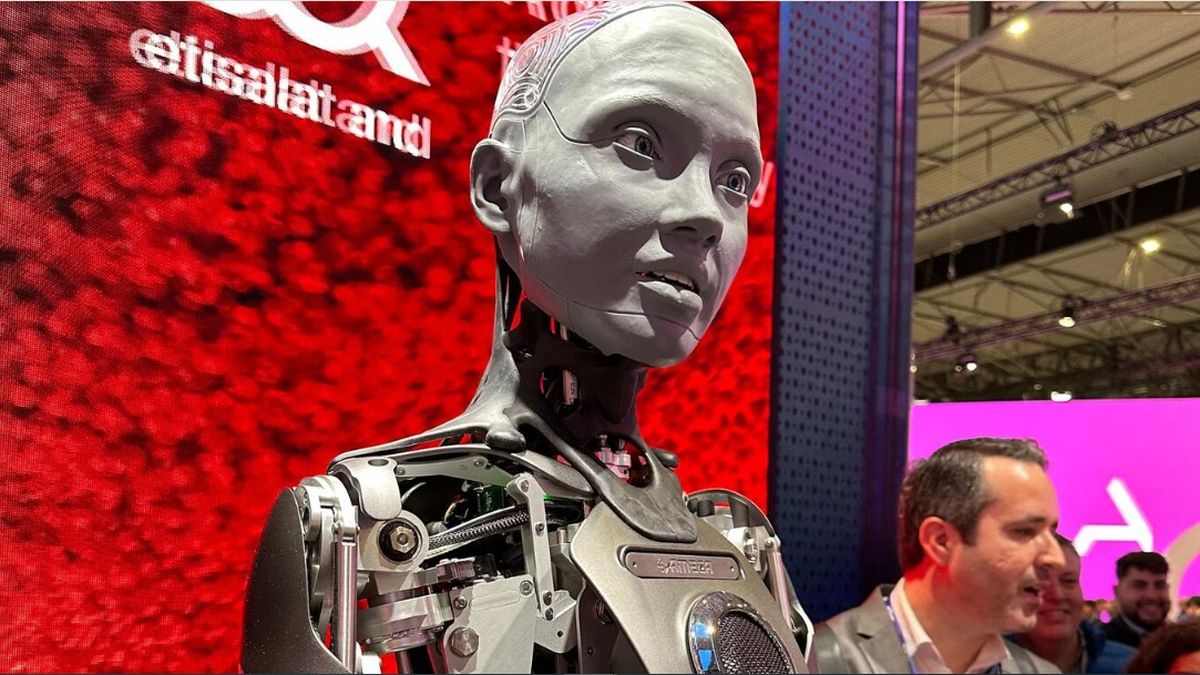
It could also be mentioned the humanoid robot Ameca, which impressed visitors at the Mobile World Congress in Barcelona. But it’s just one of thousands of presentations at MWC 2024. Now, Xiaomi has its Cyberdog 2, and Tecno has the Dynamic 1 dog. And this is just the beginning.
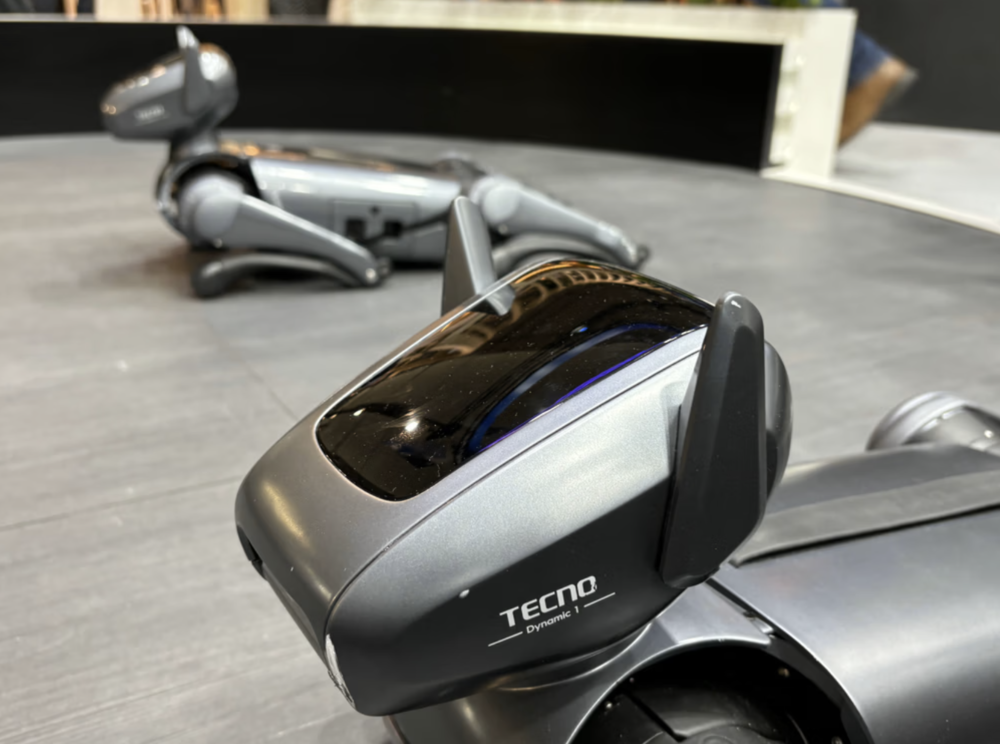 I can go on and on about the innovations, but it’s time to wrap up. However, I hope our news and reports allowed you to get a glimpse of the atmosphere at the Barcelona exhibition and catch the direction in which consumer electronics manufacturers are moving with their products this year.
I can go on and on about the innovations, but it’s time to wrap up. However, I hope our news and reports allowed you to get a glimpse of the atmosphere at the Barcelona exhibition and catch the direction in which consumer electronics manufacturers are moving with their products this year.

Read alsо:
- How to use Copilot to control your Windows 11 PC
- Self-driving cars: how long to wait for revolution?
- Human Brain Project: Attempt to imitate the human brain

